June, 2018 News
Subscriptions.
Many thanks to those members who have forwarded their “Subs” for the coming year.
And a gentle reminder to those who are remiss in this area that your annual “Subs” are extremely important to your organisation
Items of interest.
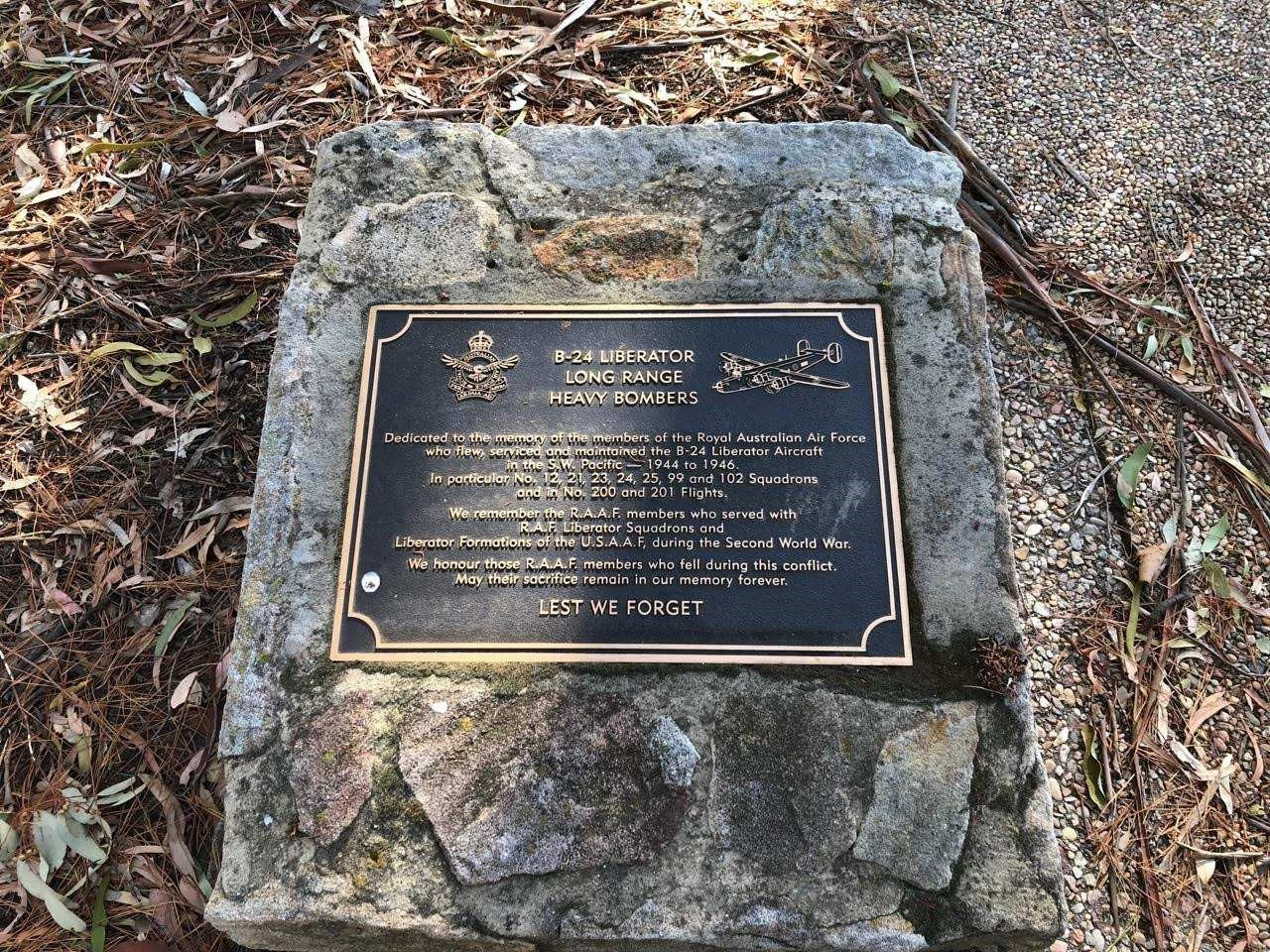
The B-24 Remembrance Plaque for Liberator crews is located in the RAAF Memorial Grove, Canberra.
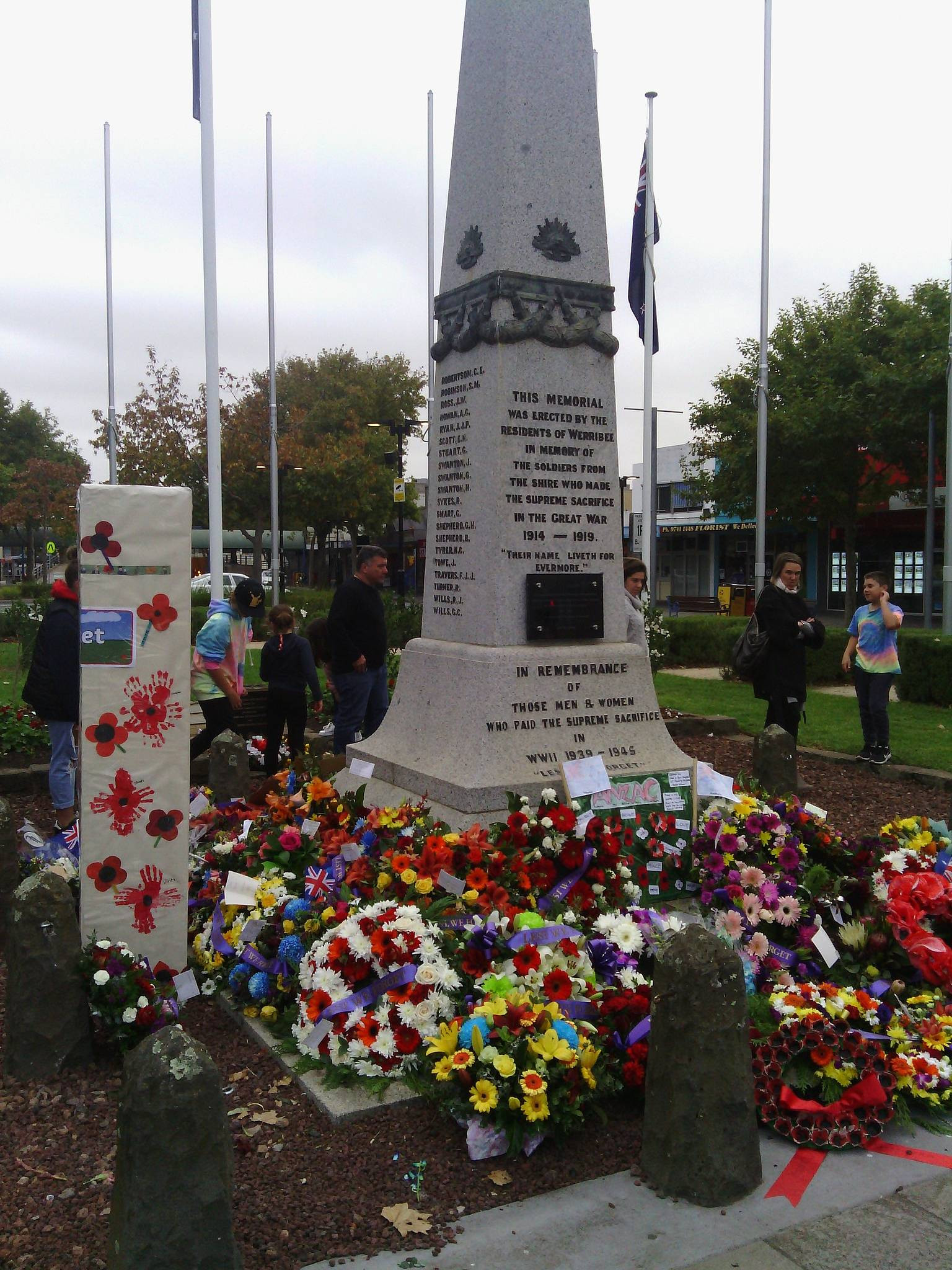
During ANZAC week we participated and laid a Wreath at the Werribee Cenotaph on Sunday the 22nd of April.
We also took part in the Melbourne ANZAC Day march carrying the Banner representing all the RAAF B-24 Squadrons.
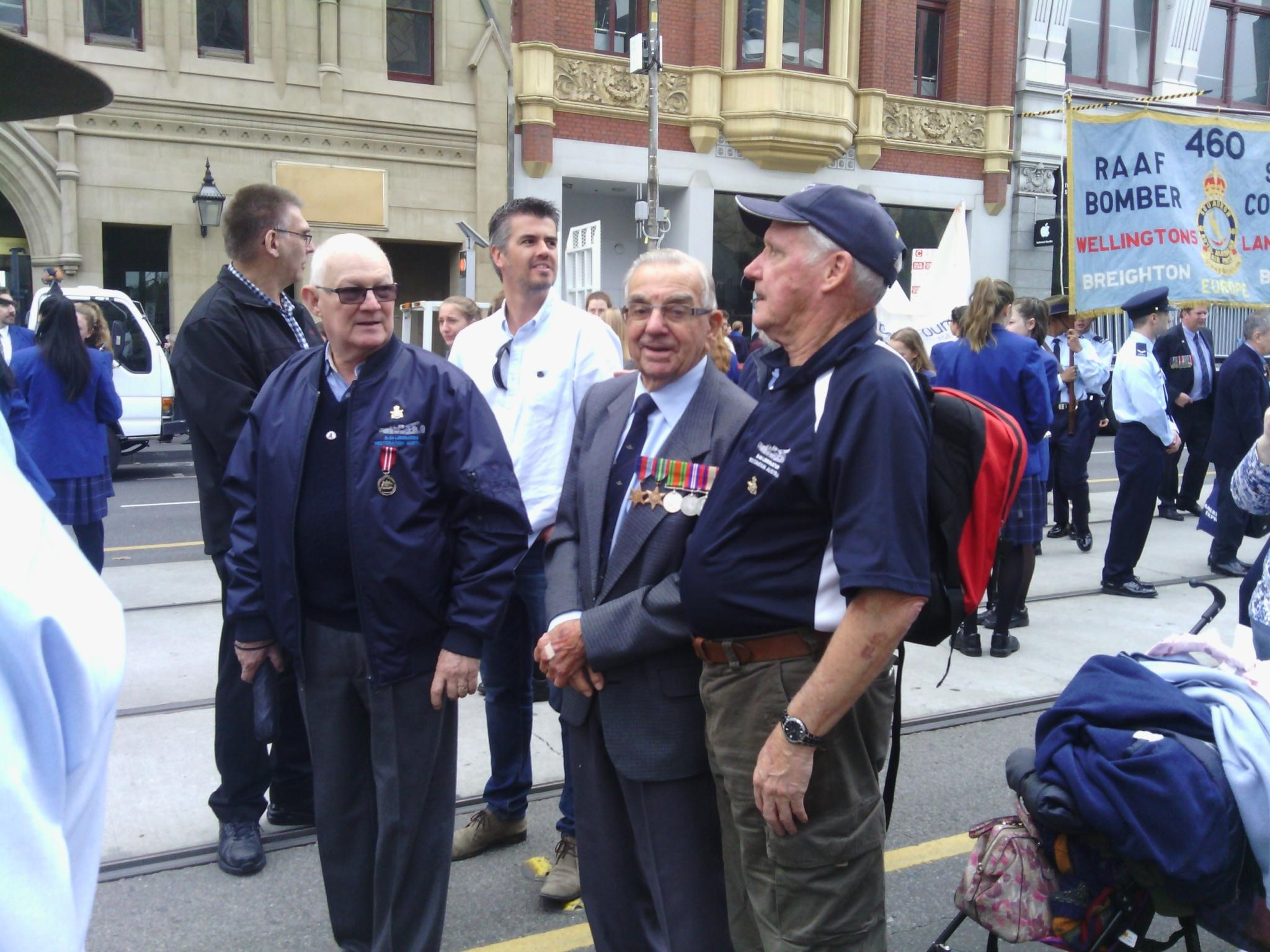
Phil Taylor and Vern Roberts with Tony Maher. Lest we forget.
Another request for identification/info.
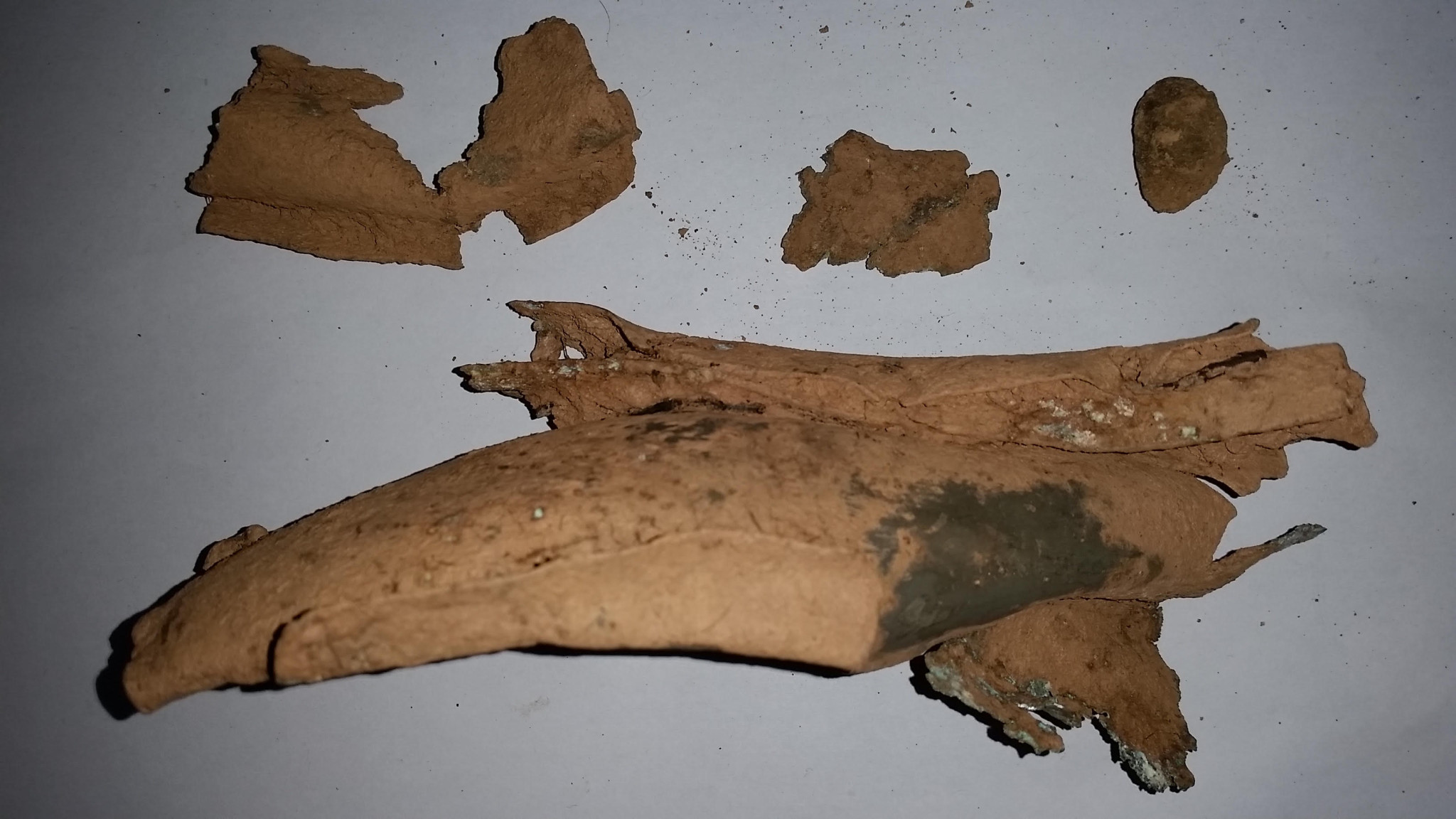
This item is thought to be either part of a B-24 (A72-191) or a Catalina, both crashed near the Philippines during 1944 & 1945.
The only clue is the smear of Olive drab paint on the R/H corner.
No part numbers are visible. Any ideas or suggestions would be welcome.
By coincidence we had a separate query on the same aircraft last week. This was in regard to the book “Leyburn’s Liberators” and the chapter relevant to A72- 191.
Just saying.
At the end of January 2018 Boeing Aircraft Company had a backlog of 4227 orders for their 737-MAX passenger aircraft.
Hangar 2, Werribee Field 1942.
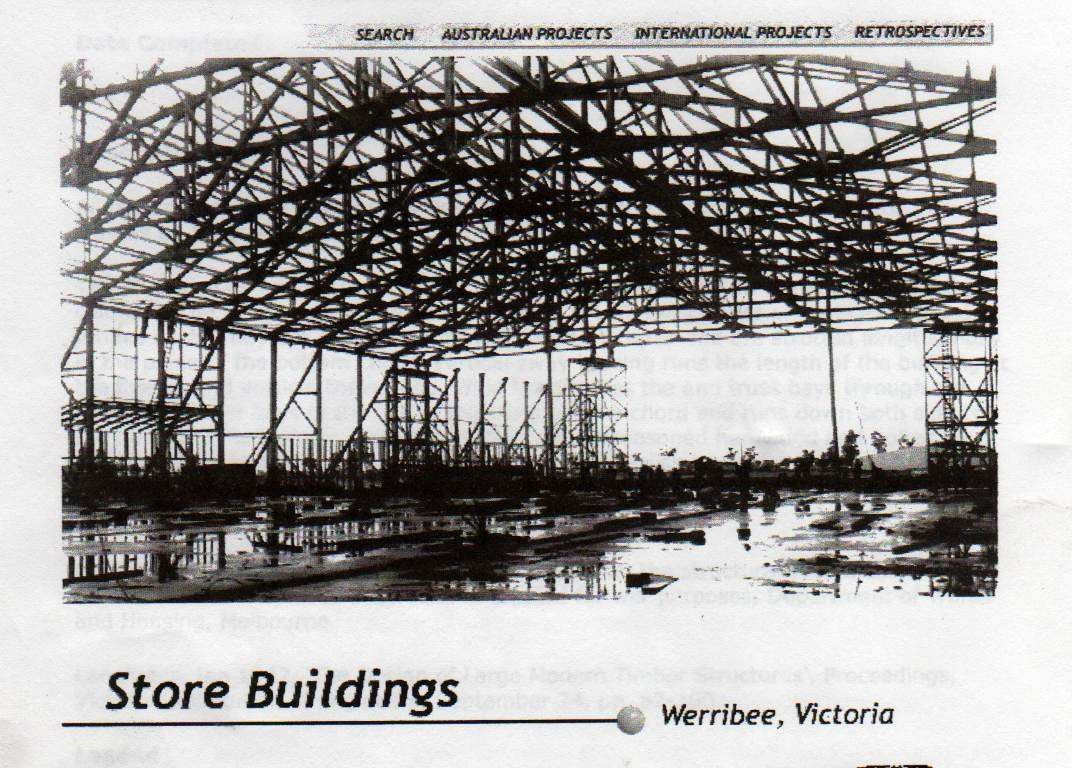
Built in 1942 by J.C. Taylor, builders of Geelong to an American design the 5 hangars on Werribee field were intended to be easily dismantled for transport and re assembly on another location. Close inspection of the main vertical support beams reveals they do not enter the ground but are located and bolted to two heavy steel plates located on the floor surface.
Legend has it that an American General visiting to check the progress of the hangar assembly was amazed when it was demonstrated that you could not drive a nail into the Iron bark beams, he wanted to order a whole forest of Iron bark to be sent to the US to manufacture 2nd level vehicles to save on steel.
Museum Precinct.
Consultants visited 24/05/18.
We have created a certain amount of external interest from organisations and individuals who want to advise us on our future hangar 1 floor plans and inclusions.
Prior to any commitment they are invited to our hangar for a tour and discussion. They have expressed surprise and interest in our unique “live” workshop culture and that we do not intend to have a static museum. They will submit draft 1st off proposals for our consideration.
Museum Accreditation.
3 key documents on accreditation were accepted by the Committee for Submission to MA (Vic) for approval, they are.
1. The Disaster plan.
2. The Conflict of Interest Policy.
3. The Interpretation Policy.
These three documents are critical to achieving our goal of accreditation and have involved a great number of hours in their creation.
The next key document to be finalised is the updated constitution.
This is scheduled for next month’s committee meeting approval.
*** Liberator 30th Birthday Celebration ***
Members and their families are invited to join our birthday celebration BBQ at the hangar on Saturday the 18th of August from 11-30am; RSVP by 11/08/2018.
This is an opportunity to meet and talk with the hangar volunteers, discuss the future plans for expansion and community involvement.
Please contact Mr Paul Rourke (O3) 9741-5601.
A72-176 Update
Forward planning discussions have started on the best method of eventually moving the aircraft from hangar 2 to the re furbished hangar 1.
One or both of the outer wings may have to be removed.
In the November issue of the “Aeroplane“ magazine an article and a photograph was published showing a Sunderland entering the MOTAT hangar in Auckland in a crablike configuration indicating they had a similar situation to us.
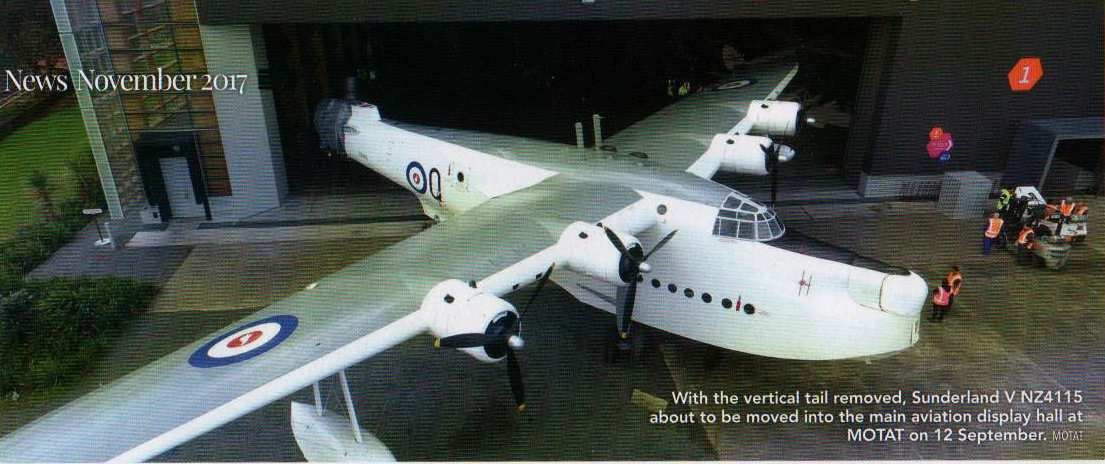
The other question is do we need to fit the engines to maintain a nose heavy condition after the aircraft is taken off the jacks?.
Fuselage.
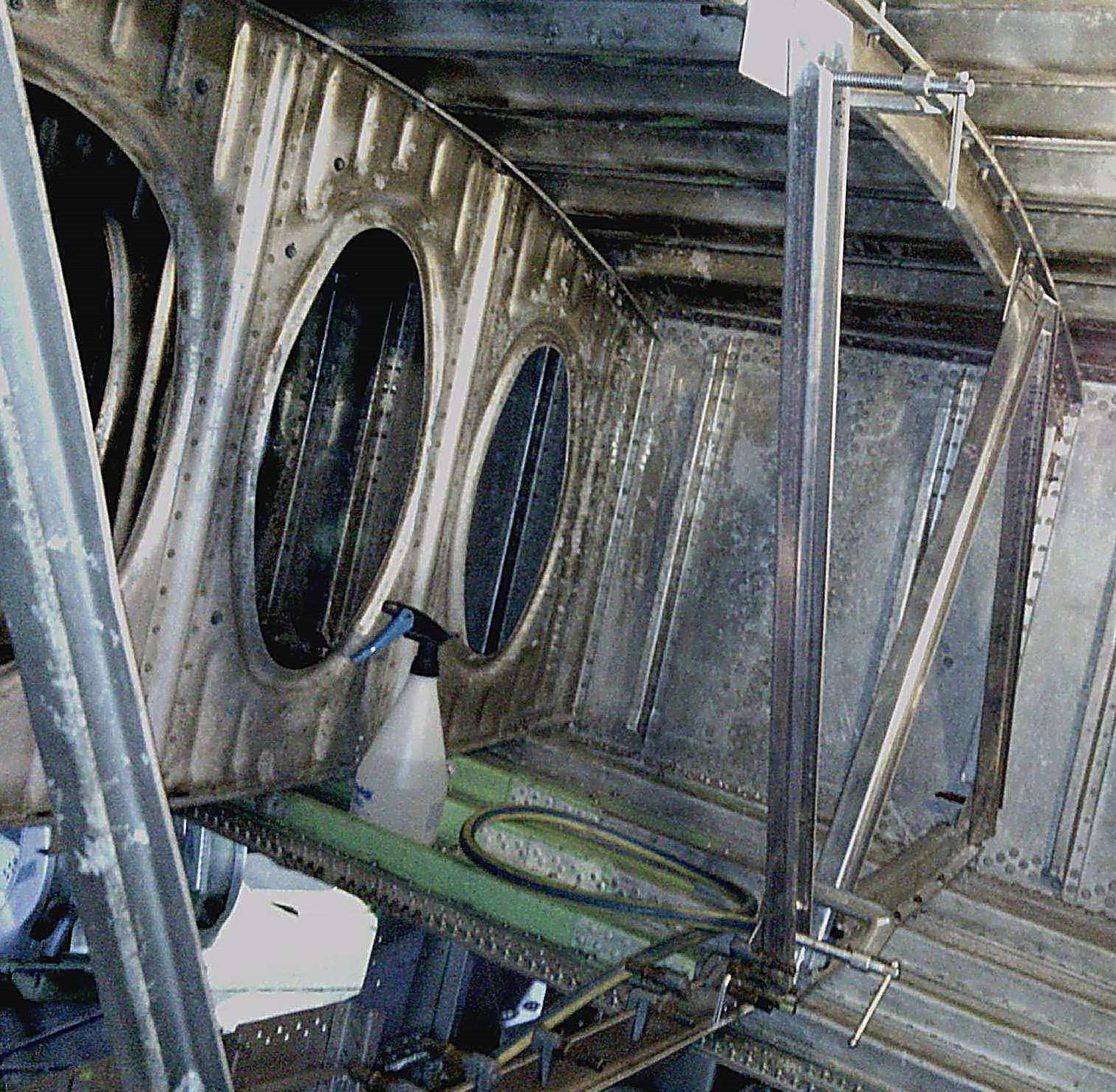
Repairs on the structure in the Centre section are being carried out owing to damage incurred during dismantling for transport from P.N.G. in 1992.
Armament.
Front turret.
On the 15th of April our restored Emmerson nose turret was successfully functioned and tested under its own power. The turret has been totally dismantled, inspected, repaired and re assembled over a number of years.
It is achievements like this that reinforces the pride in our organisation.
Rear turret. Awaiting manpower.
Bomb bay doors. Awaiting hydraulic power connection, currently on emergency (manual) operational status.
A demonstration is available on request. It is a strange “Experience” standing on the walkway as the doors close around you.
Norden bomb sight, Interralometer.
We now have an additional working device attached to the Norden Bomb sight. The device is an “Interralometer”. The Bombardier presets it to select.
1. The number of bombs to be dropped (1 – 50).
2. The distance (Interval) between bomb ground impacts (7ft - 750 ft).
The Norden B.S. automatically triggers the device when the target point is reached.
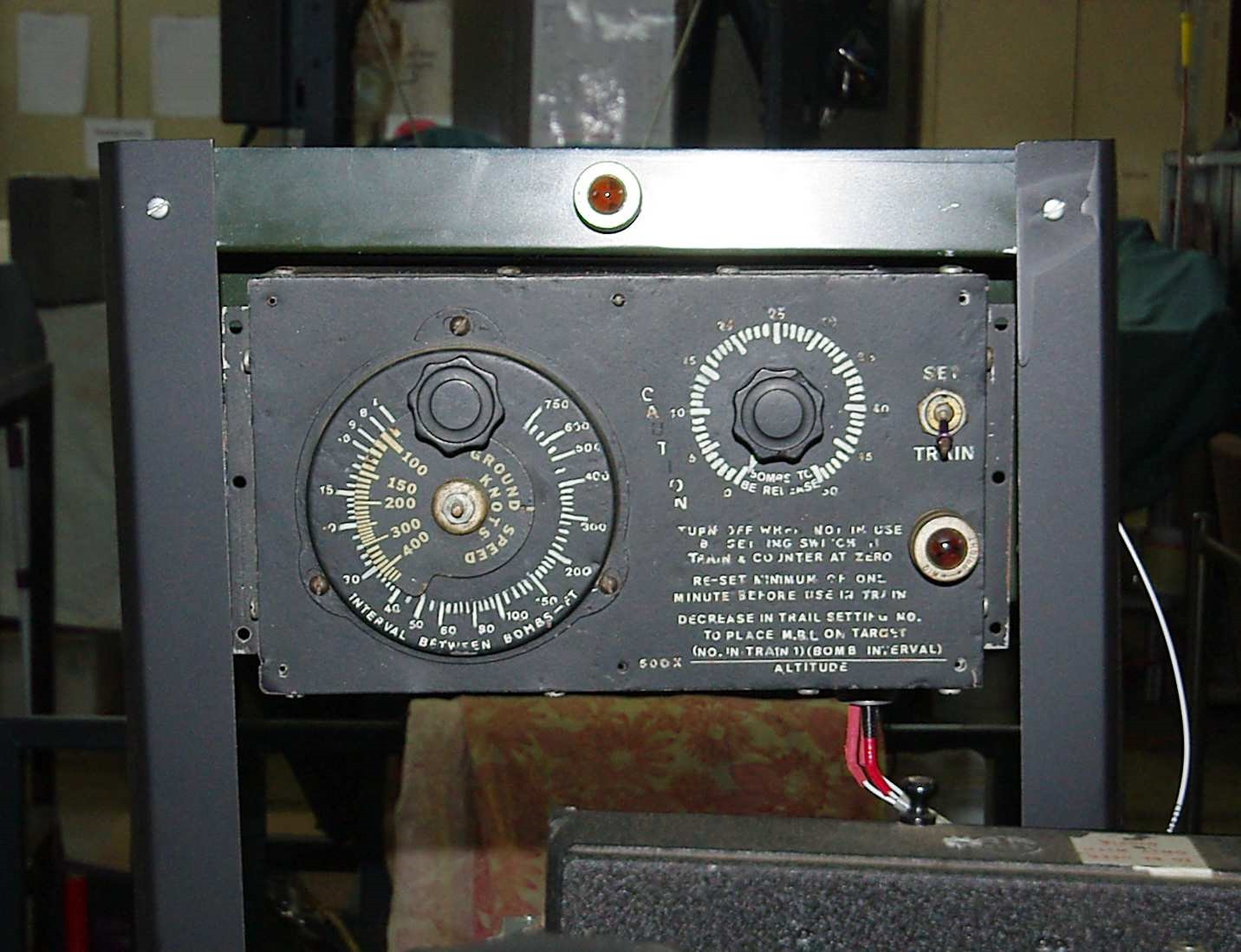
Electrical system.
Re wiring/restoration of the first of four nacelle electrical control boxes has been completed.
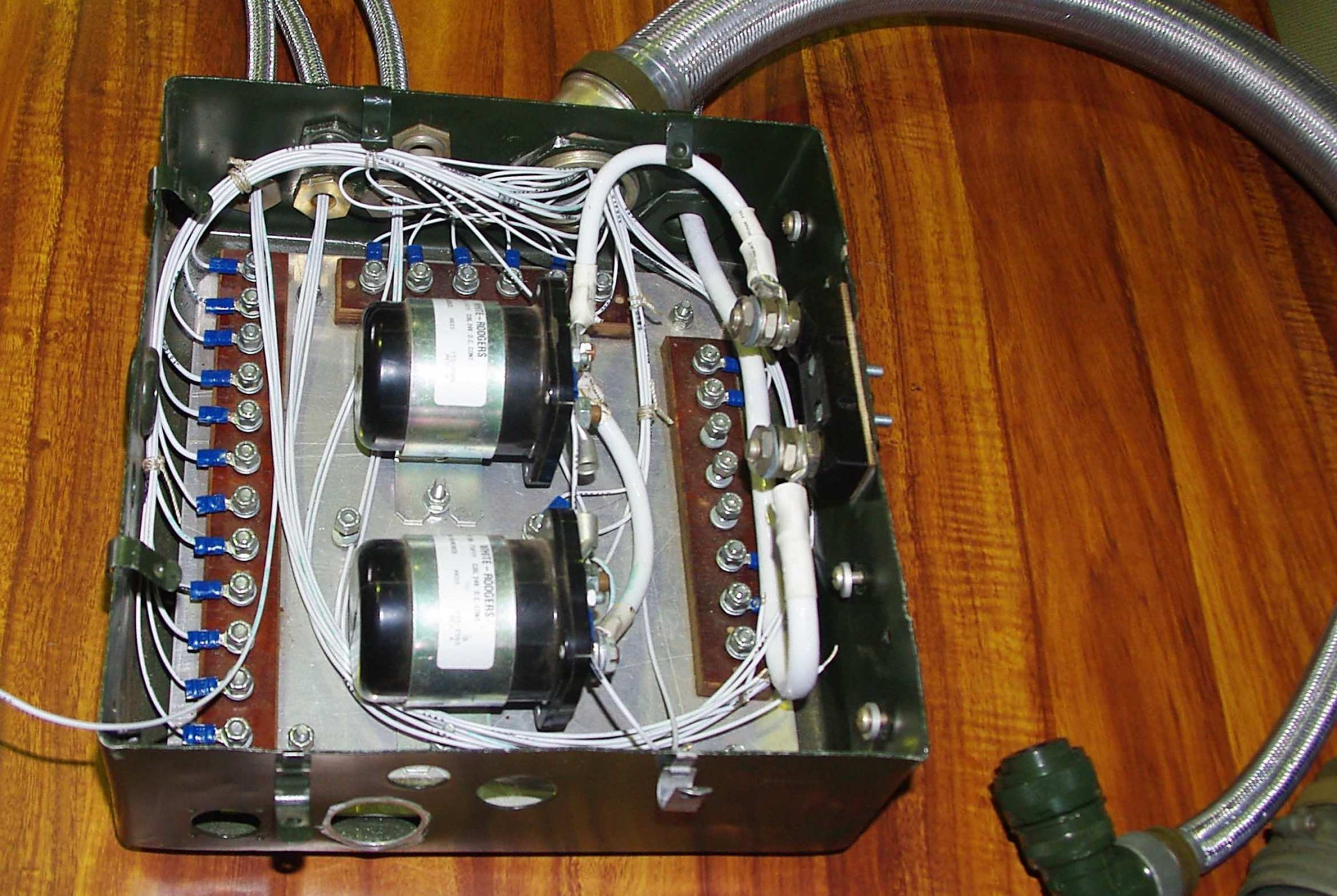
Flying control cables. Selection and fitment is still in progress.
Engines.
The engine shop is kept busy with engine rotations and routine servicing. Current activities include engine change on the run up fixture and an oil change.
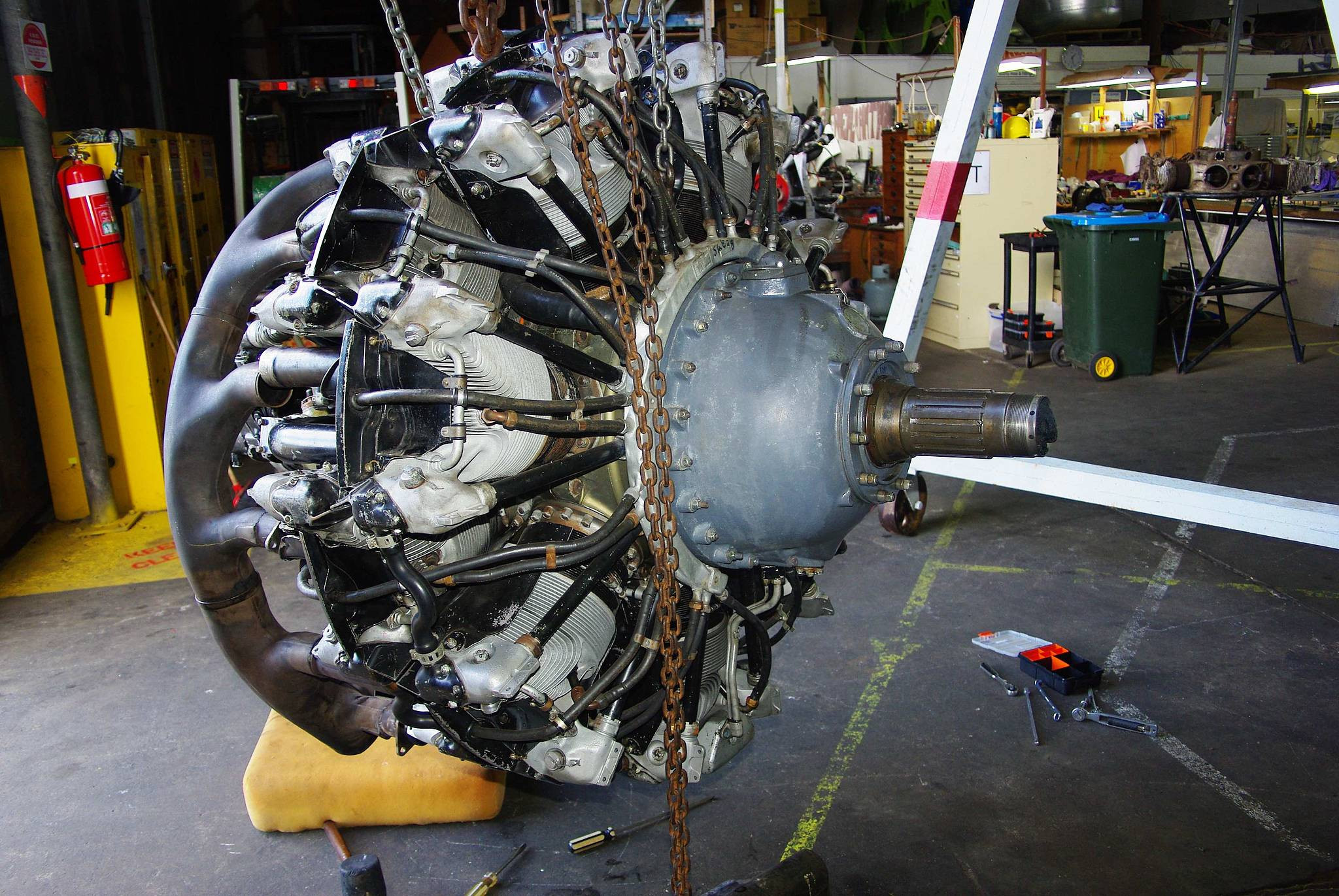
Oxford Update.
A meeting was held on 31/5/18 to discuss the forward planning requirements to start obtaining the raw material and parts required, and floor space for the Oxford fuselage.
The meeting was attended by Gary Singline, Ken Hindle, Tony Muller and Dave Miller. The next progress meeting will be held on 28/6/18.
If you have any comments or suggestions please contact any of the above.
We would like to hear from retired Carpenters who have an interest in restoration work and are available to volunteer 1 or 2 days a week to assist Doug and Ken on this project.
New Technology employed.
As the search for a serviceable Bomb release quadrant proved fruitless it became clear we would have to experiment with 3D printing.
It was decided to produce a small scale model to evaluate potential results on the full scale item.
The results on the smaller item are very satisfactory.
The data to produce the full scale item is now being assembled and will go out for quotes in the near future.
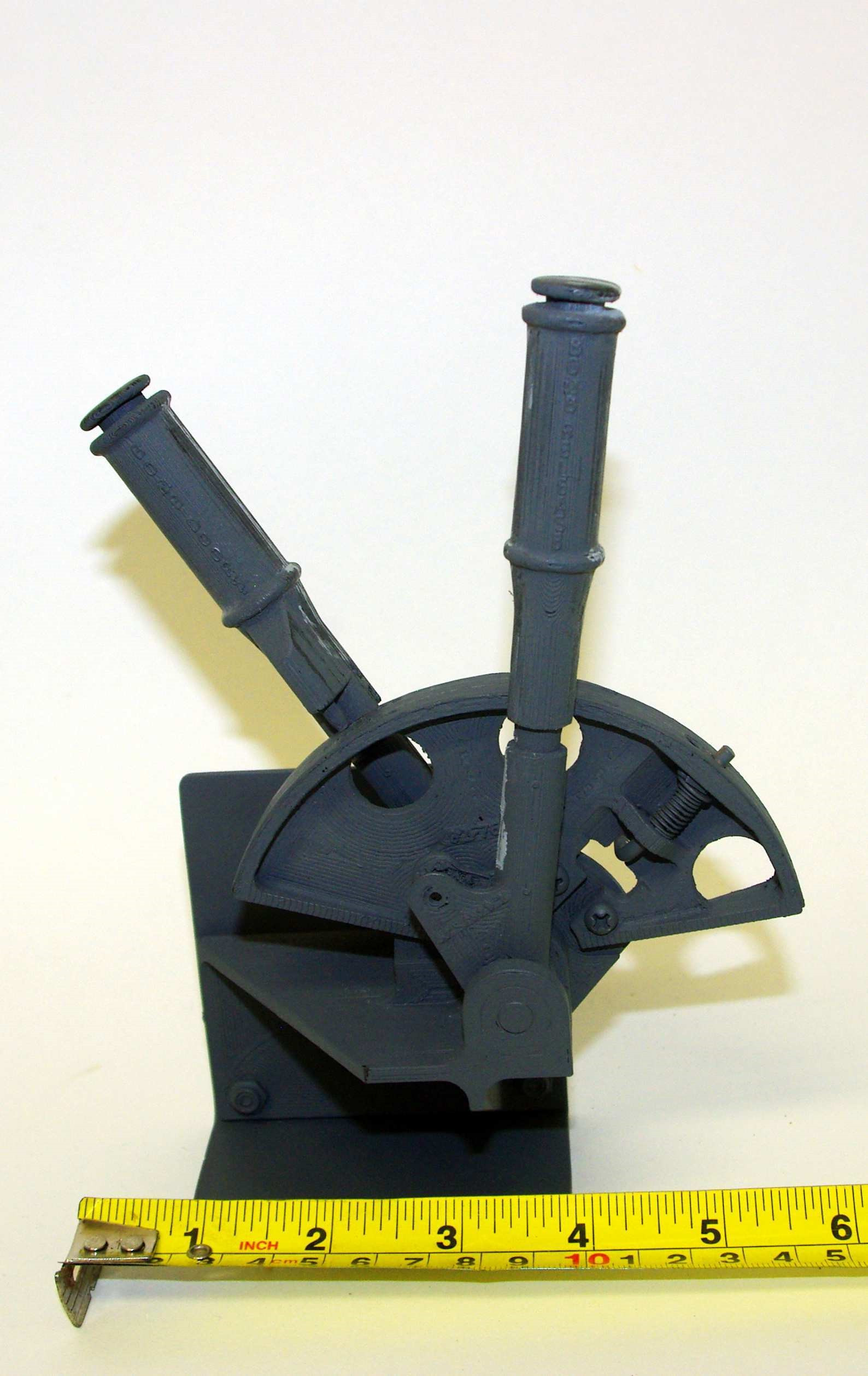
A bit of history.
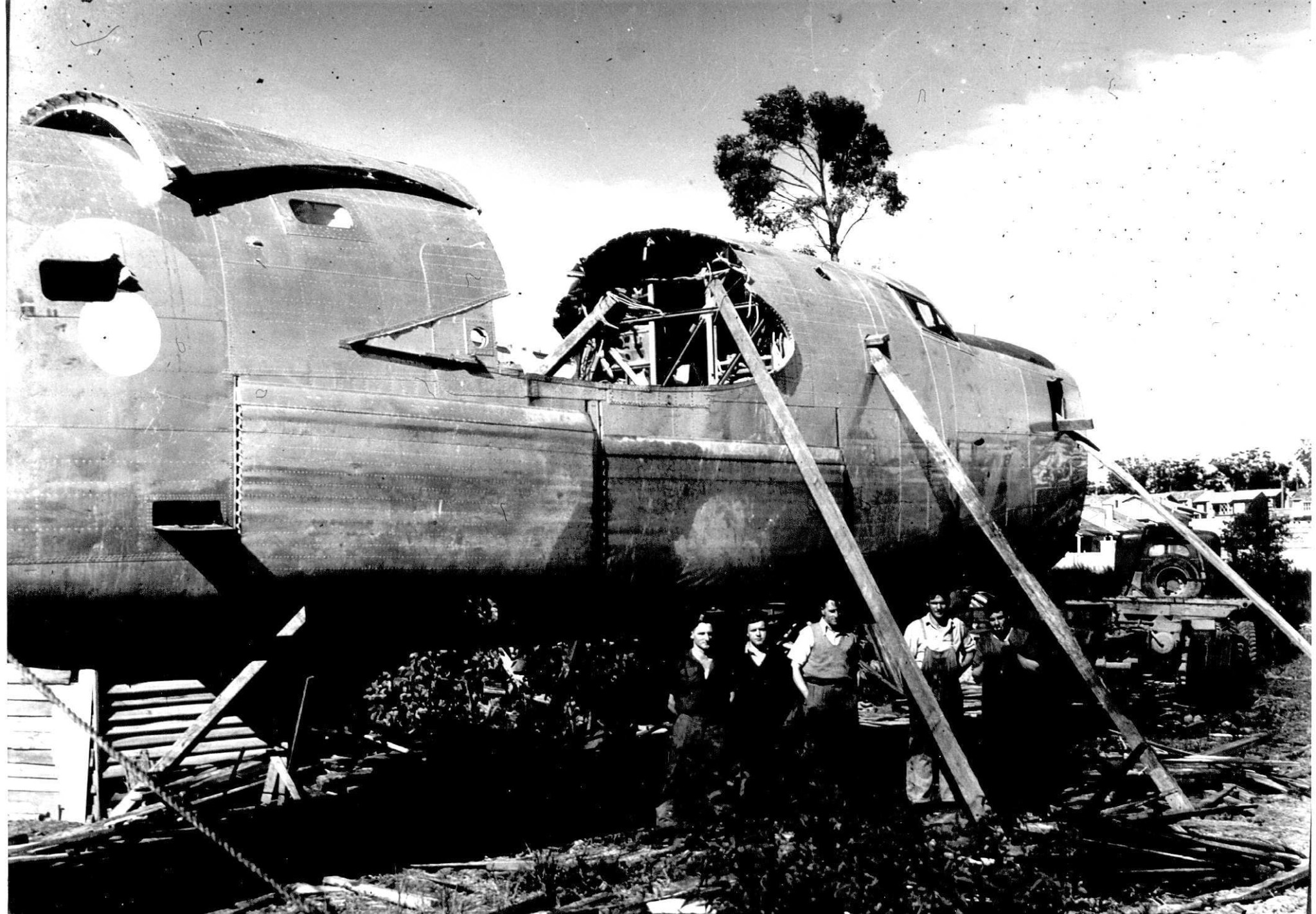
The photograph above is an important part of our journey of recovery and restoration of A72-176.
It illustrates the fuselage of our aircraft being off loaded from a prime mover and stabilised prior to lowering to ground level.
This activity occurred in Mr George Toyes’ farm in Moe, Victoria.
The fuselage was then made weather proof and fitted out with basic household furniture and plumbing.
Mr Toyes spent the next seven and a half years in residence during which he built his farm house on site.
President’s Message.
Greetings from our very chilly hangar in Werribee. I am sure you will enjoy the content of this newsletter.
It illustrates various features of our operations, including the great diversity of skills required not only for aircraft restoration and re building but also for management and constant review as well as forward planning of operations; the excitement following new discoveries; the harnessing and understanding of new technologies to assist in a World War II-focussed project. I also draw your attention to our appeal for volunteers with carpentry skills. We would love to hear from you if you think you could contribute in this area, or indeed if you might consider volunteering in any other capacity relevant to our organisation.
With my best mid-winter wishes, Lyn Gorman.
Newsletter compiled by Dave Miller Email: hangar@b24australia.org.au



